Patagonia, Chile
The Patagonia region of South America is actually split between two countries; Chile and Argentina. Our route through Patagonia started us on the Chile side in a city called Punto Arenas before heading north to the mountains and Argentina.
Punta Arenas is a small seaside town near the tip of the South American Continent. It is on the Strait of Magellan, where the explorer first navigated from the Atlantic Ocean to the Pacific Ocean. We didn’t have long in Punto Arenas and had to spend some time preparing for our W Trek Hike in Torres Del Paine National Park but we were still able to enjoy ourselves!
With only one day in Punto Arenas we decided to make the most of our time and went to see some penguins! We took a bus to a big ferry in the Strait of Magellan to Isla Magdelana, an island that is a protected natural park for penguins to breed. Originally we were supposed to see the King Penguins, but the weather was so bad closer to the tip of South America the ferry couldn’t dock safely; Luckily, we had much better weather in Punta Arenas! This just goes to show you how wild this stretch of the globe can be. The penguins we saw were Magdelana penguins, named after the explorer Magellan. On the way we saw plenty of birds, dolphins, and sea lions from the deck of the ferry.
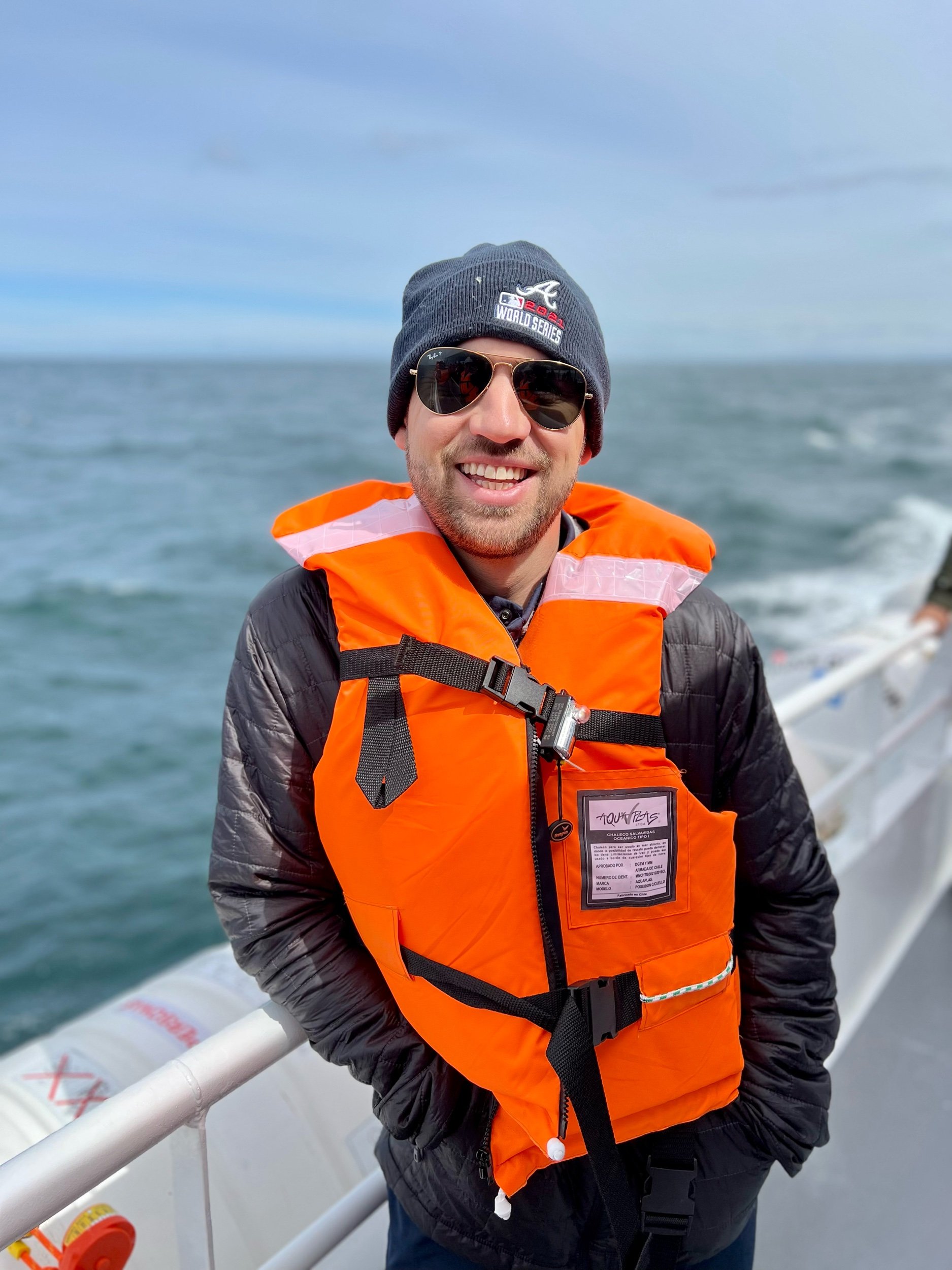
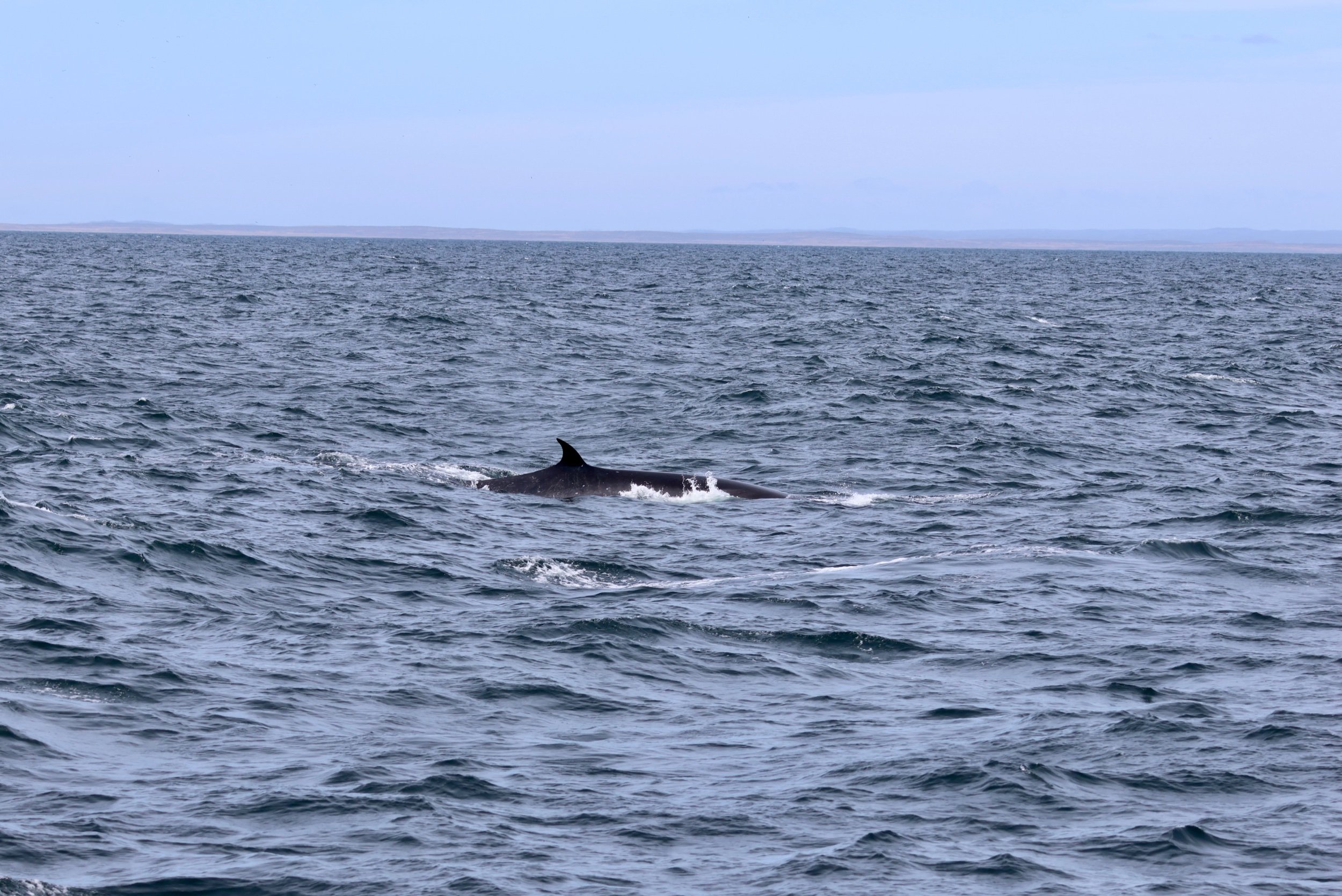

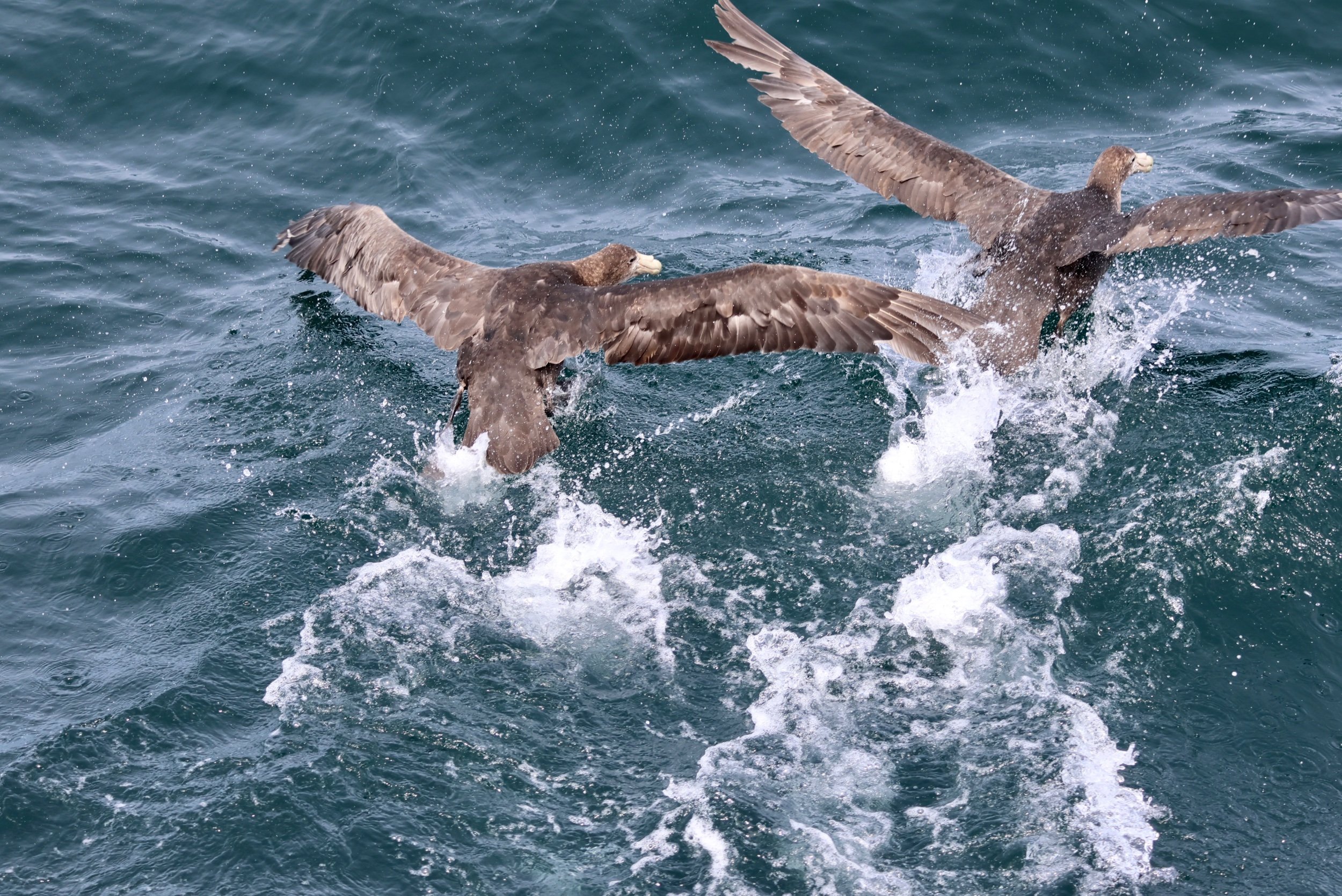

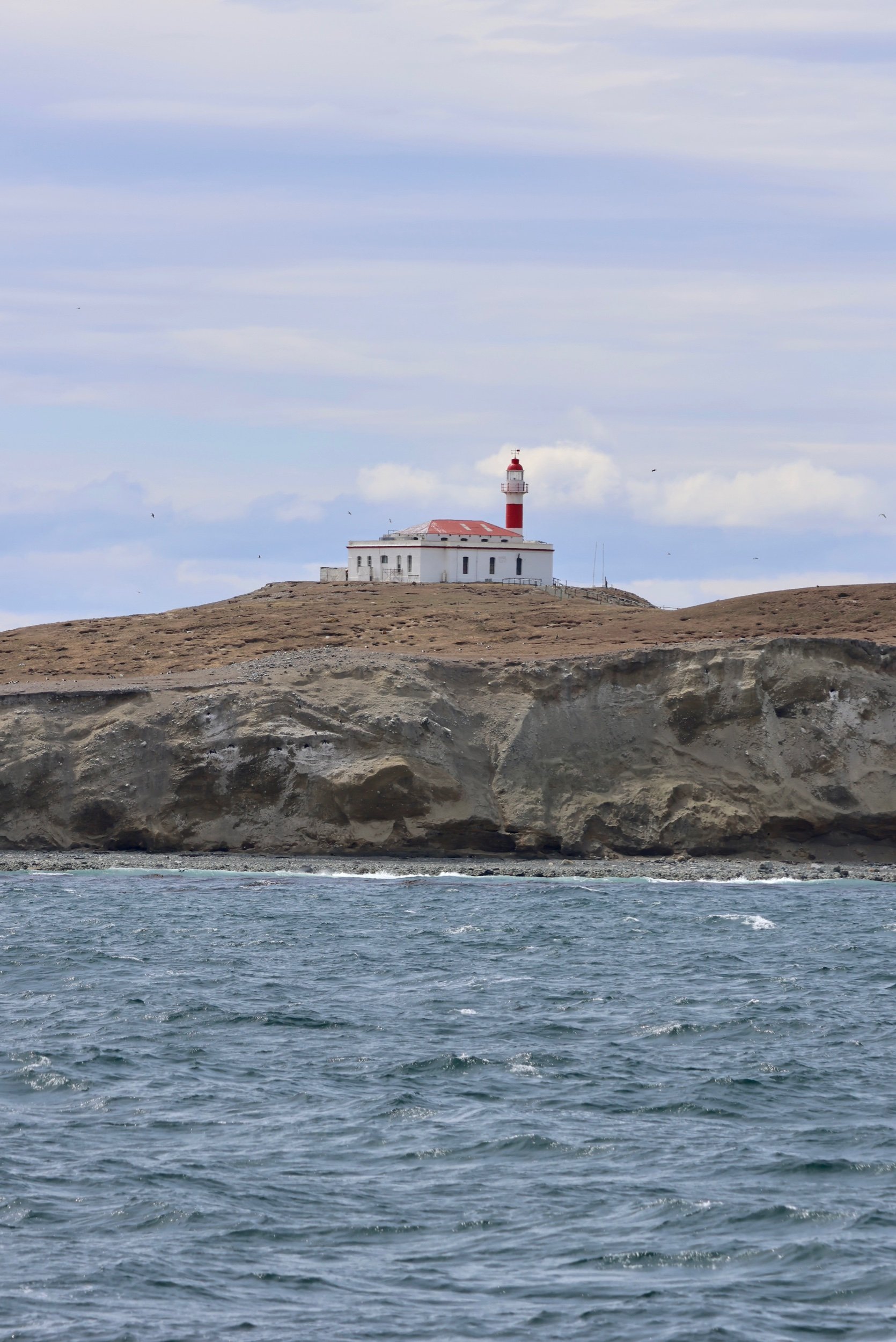
On the island there are over 56,000 penguin couples! We were able to get off the ferry and walk on the island right next the penguins. The penguins use the island to mate and nest to hatch their young every year. The males arrive in September and start preparing the nests while the females arrive about two weeks later. The couples stay here raising their baby chicks until April when they then head north to two destinations. Some penguins stay in the Atlantic and travel to the waters off the coast of Brazil and some go to the Pacific Ocean sided of Patagonia and swim towards the waters of Northern Chile. Once a penguin mates, the couple will go to the same place every year.
The penguins were all over the island including right next to the path! We were able to get within 2 meters of the penguins. Some would even cross the dedicated walking path so you had to wait for them to clear the ropes. It was pretty cool just watching them waddle around the island and seeing all the baby chicks! Most babies were almost full size but their coats were still grey, fluffy feathers rather than the tuxedo t-shirts that adults have. Once they are fully grown and ready to start swimming their body will produce an oil that they rub in their feathers which allows them to handle the freezing water temperatures. We had a blast getting to get so up and close to the penguins.
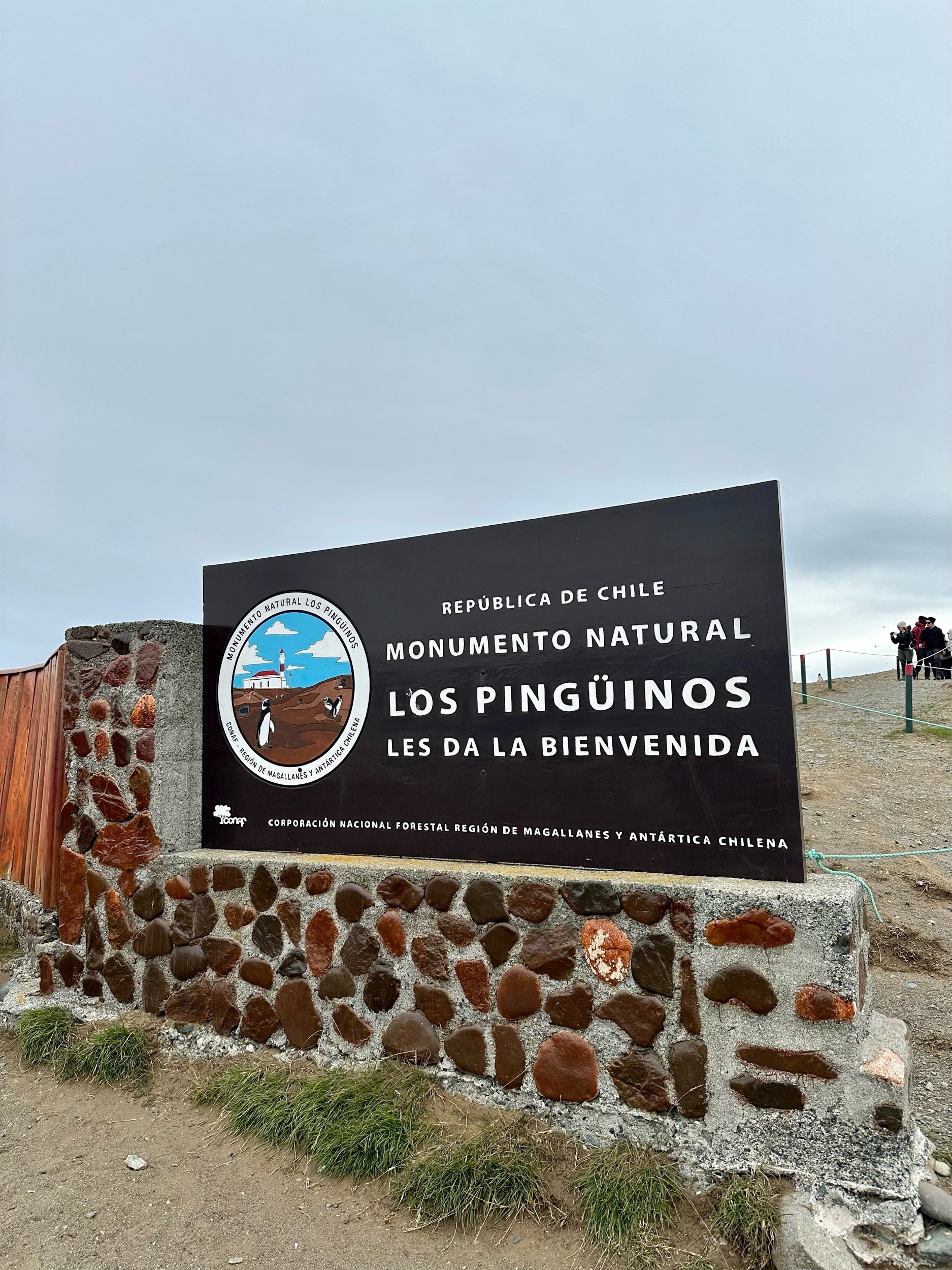

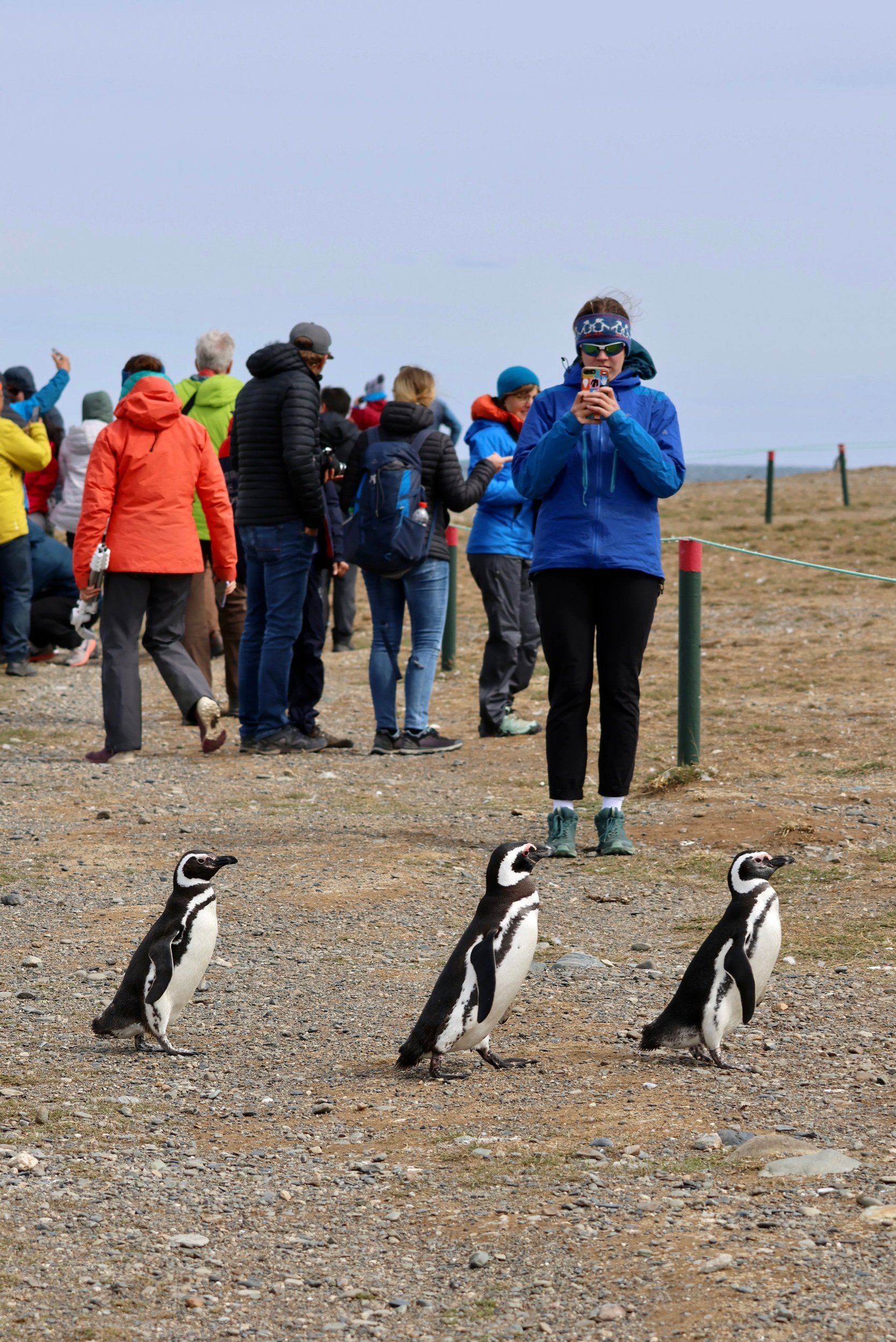
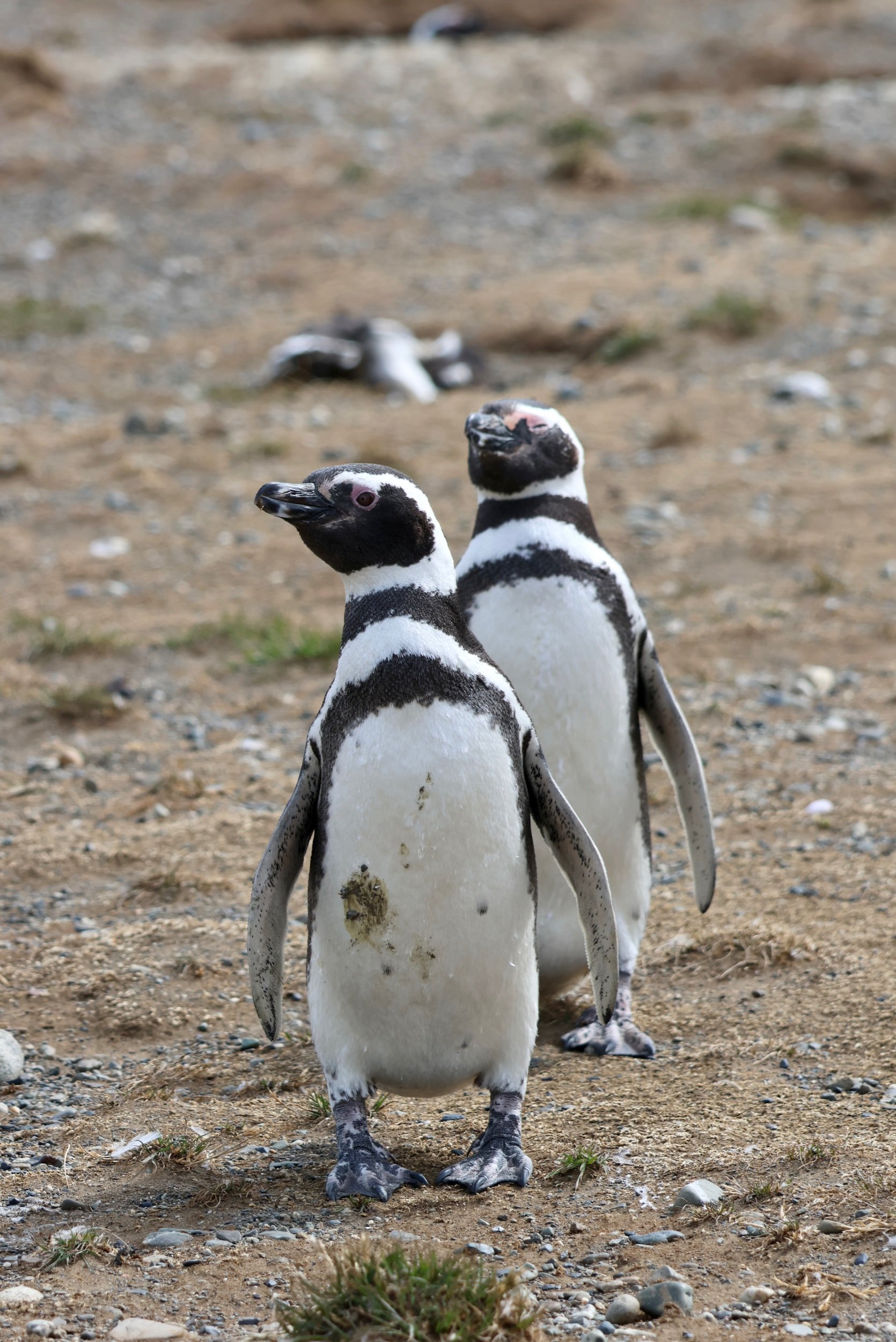
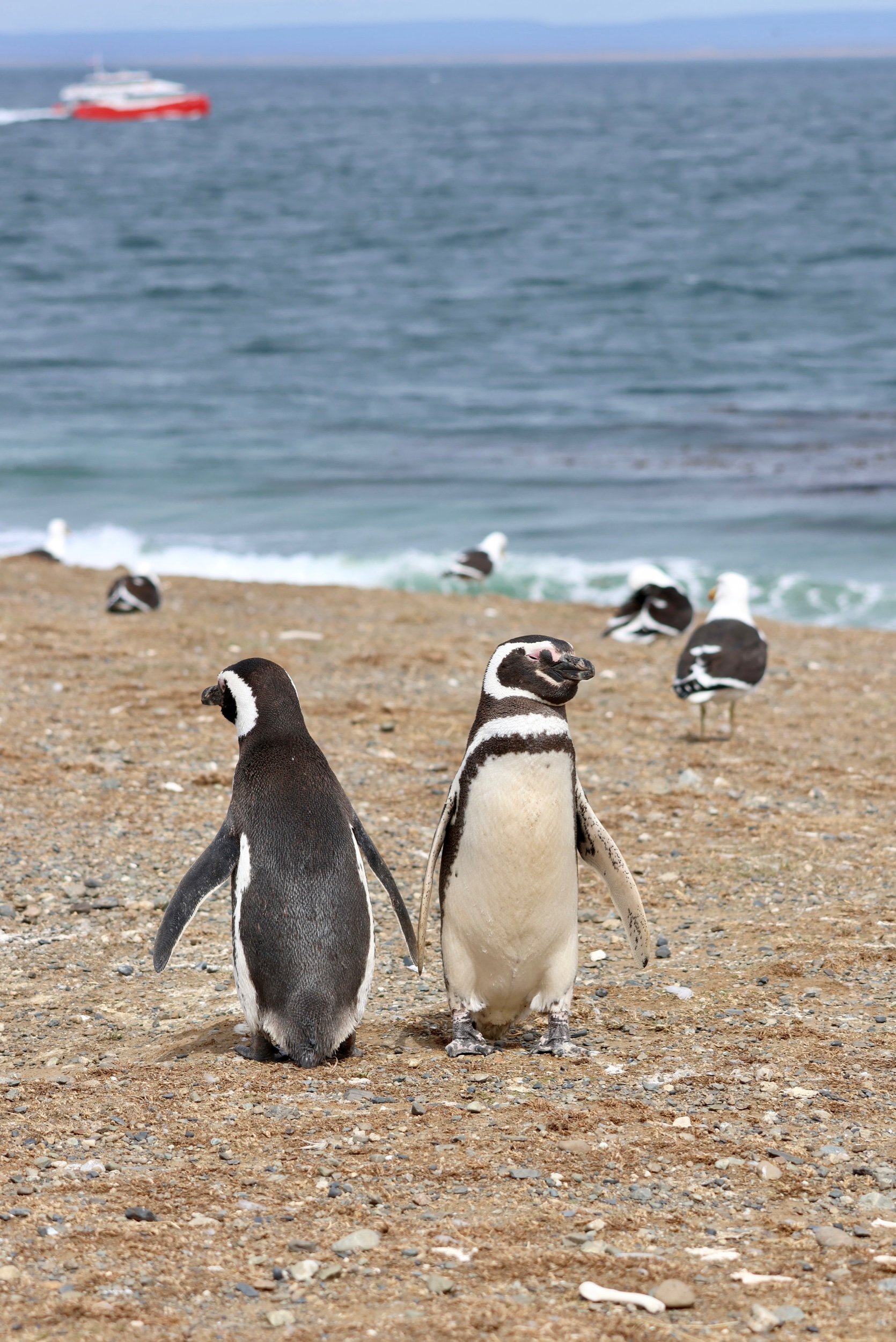

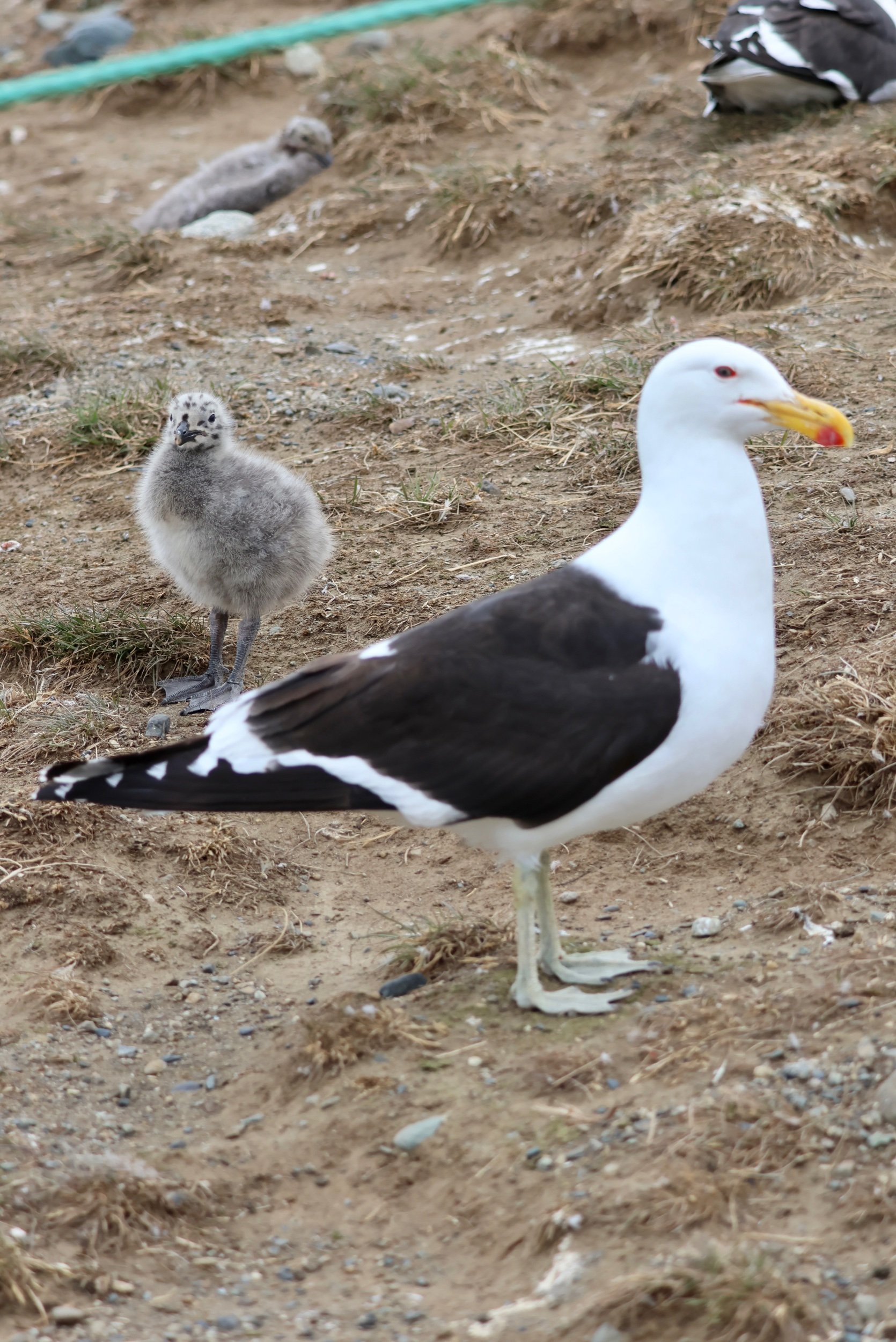
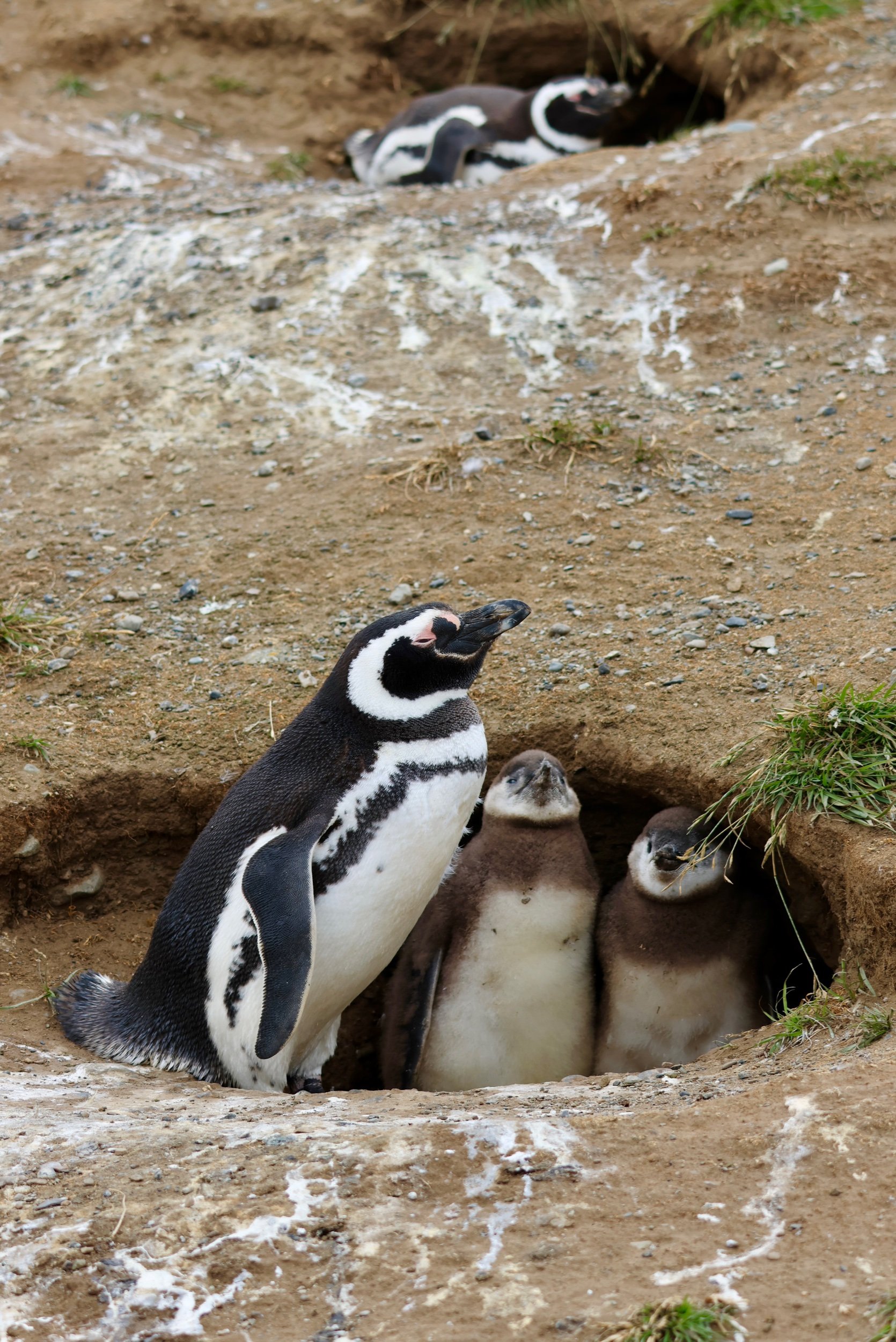
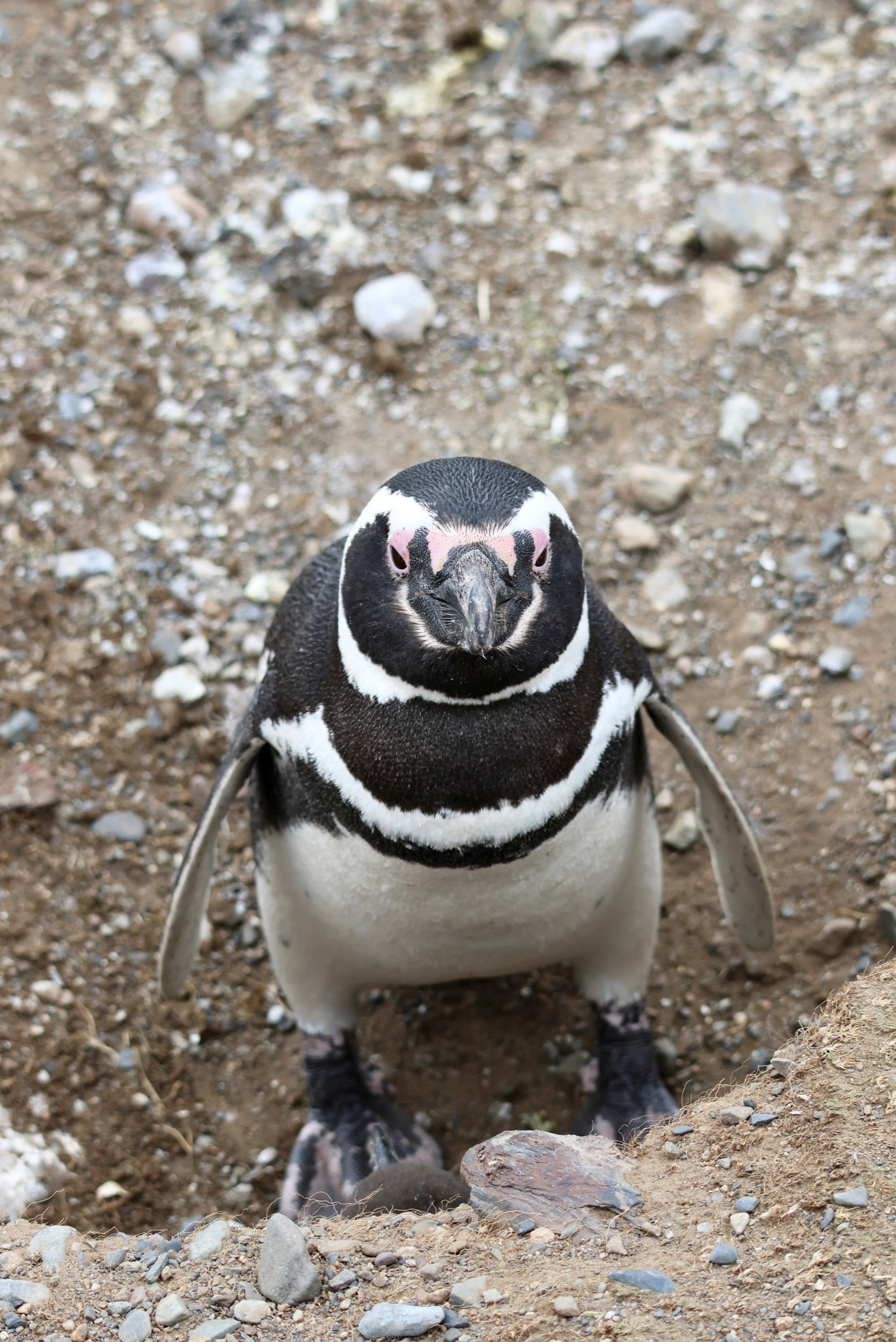
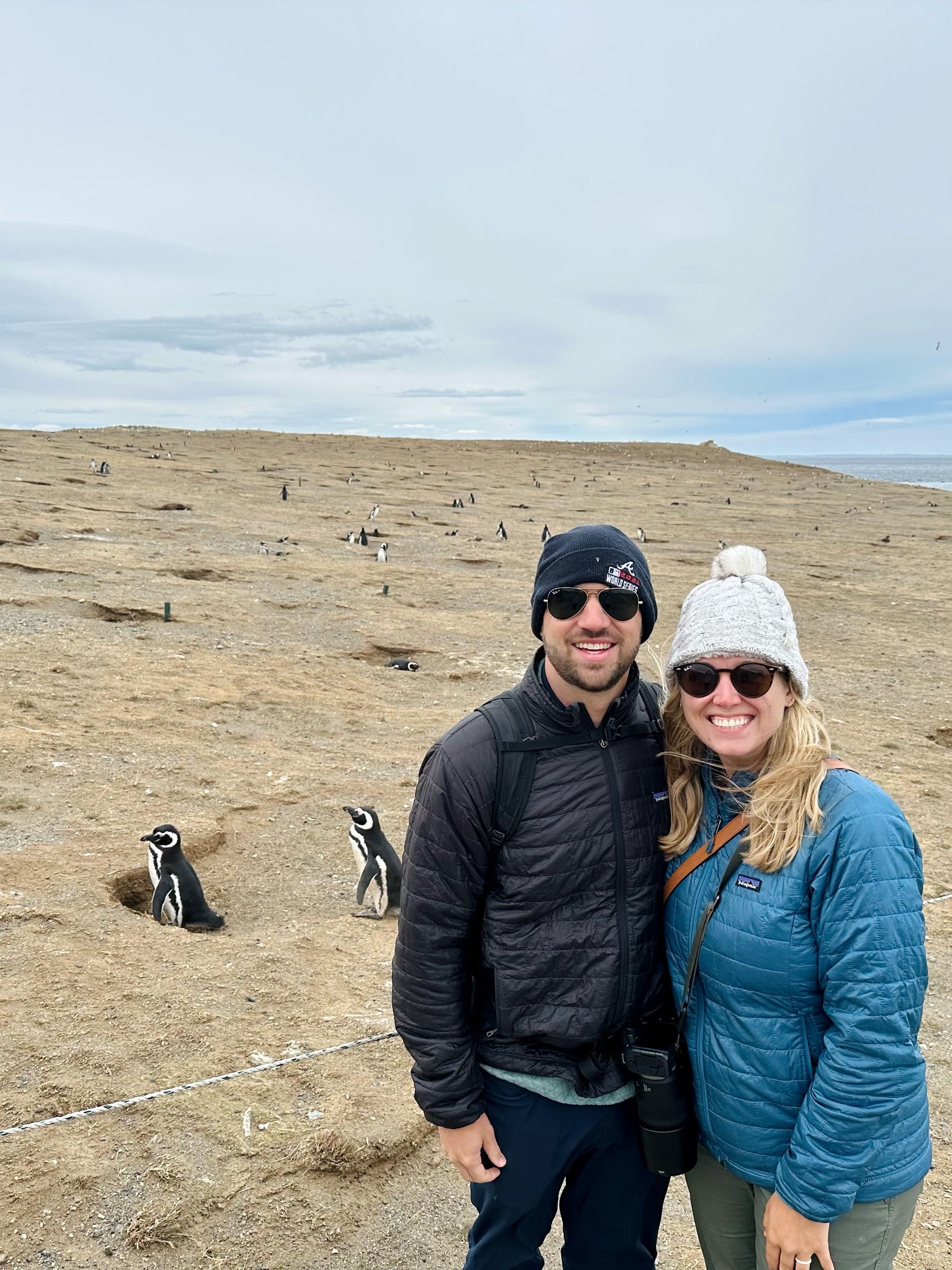
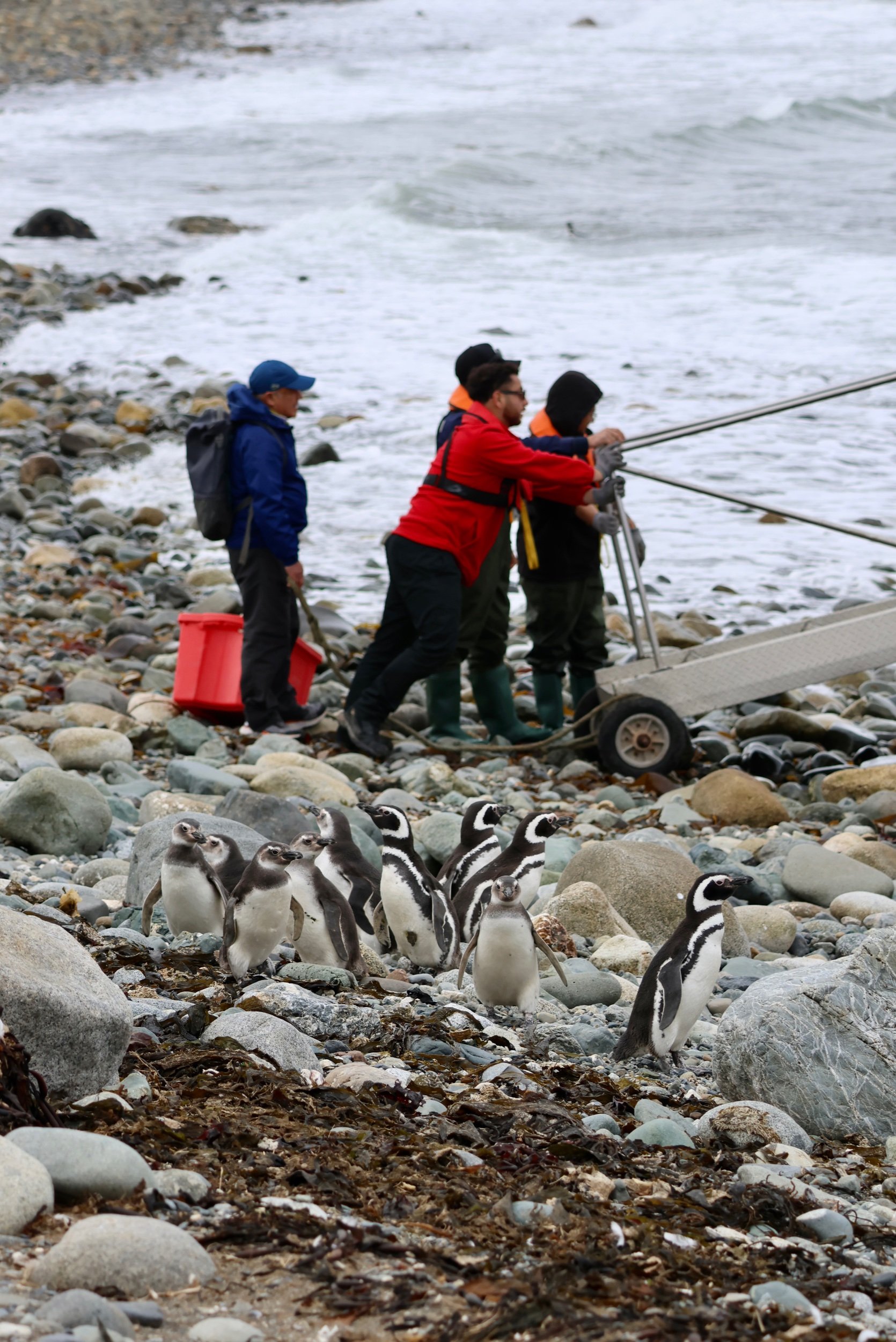
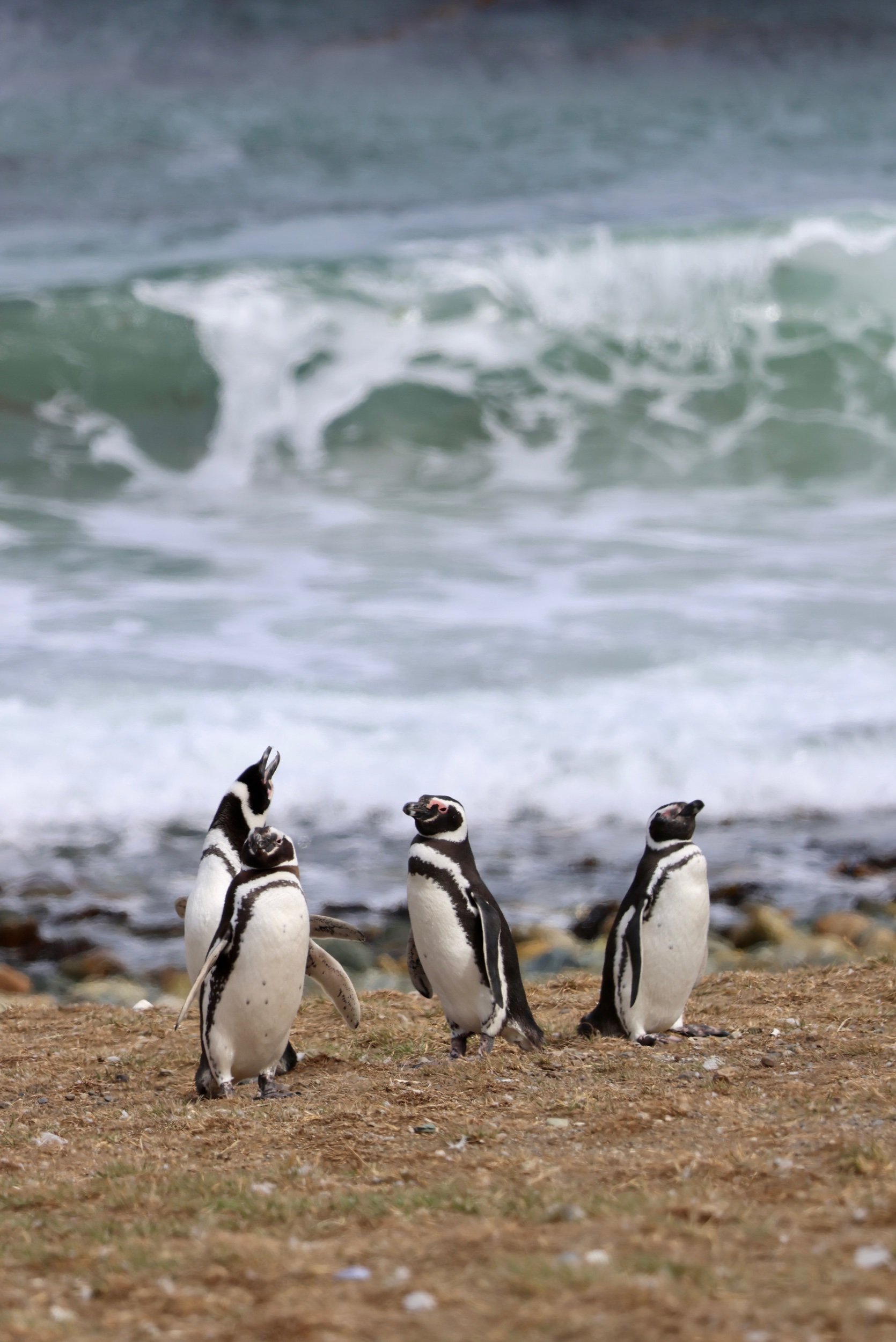
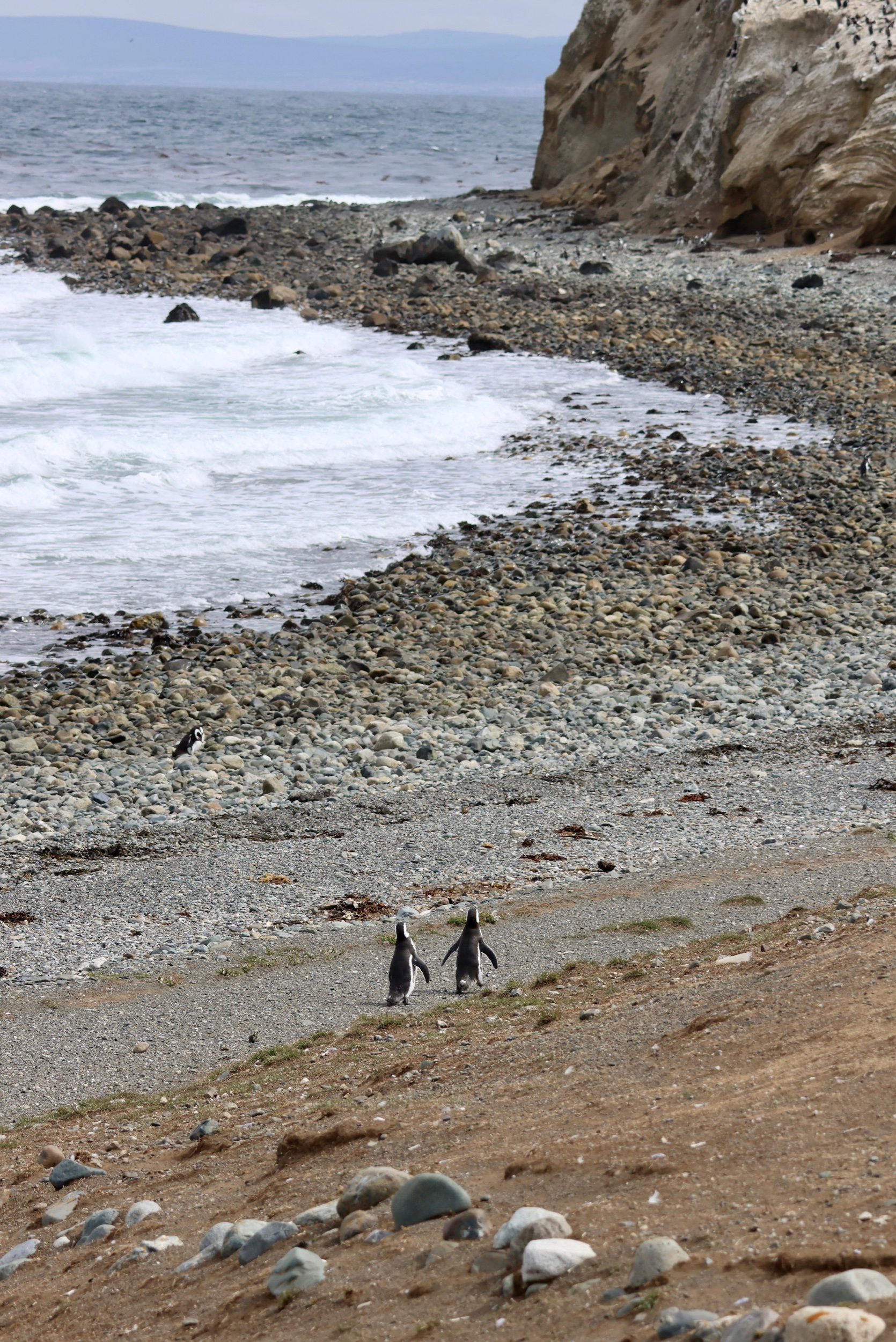
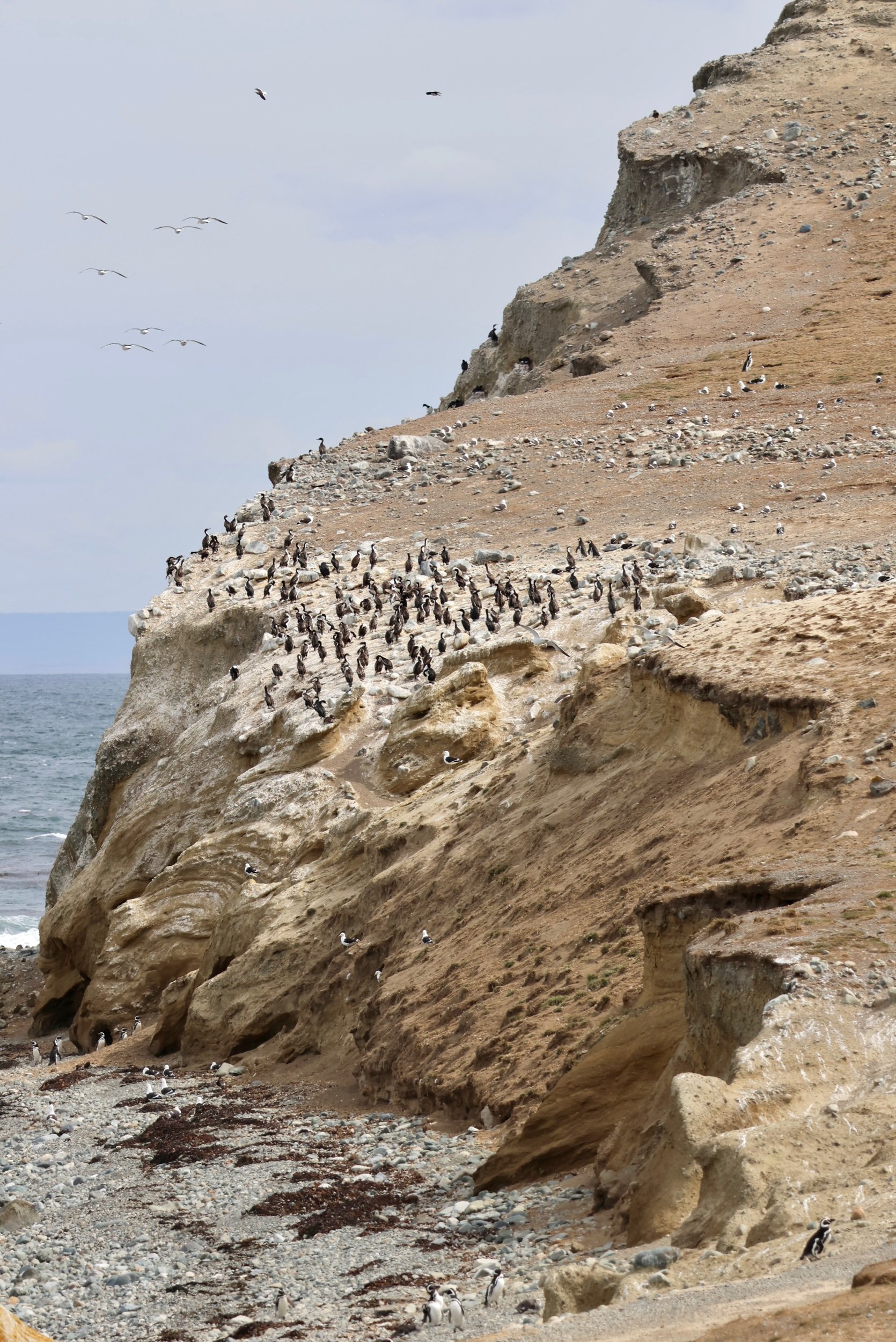
The rest of our time in Punto Arenas was spent getting supplies for our upcoming hike and doing admin things like trip research, writing blog posts, and getting a haircut (try telling your barber you want a soft fade in your haircut when you don’t speak the same language). We did eat some incredible pizza at a little place called Mesita Grande, we actually ended up going to their 2nd location in Puerto Natales two nights later; it was that good.
Our last stop before our backpacking trek in Patagonia was called Puerto Natales. Most every tourist in town uses Puerto Natales as a layover stop before heading north to the Torres Del Paine National Park. We spent most of the day picking up our camping equipment that we rented and buying some last minute food for our trip. We had a great hostel where half of the guests were beginning their multi-day backpacking trek the next day and the other half had just finished their trek and were leaving town the next day. We were able to receive a lot of advice and guidance about the trek from the people who had returned from the mountains. We can’t wait to begin our first backpacking hike of our trip and really start to see the lovely scenery and landscapes that Patagonia is famous for.
